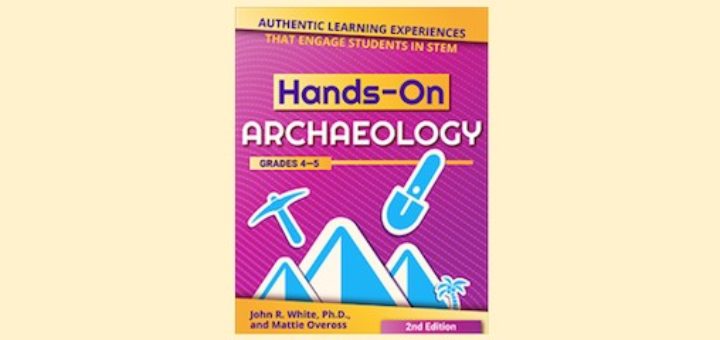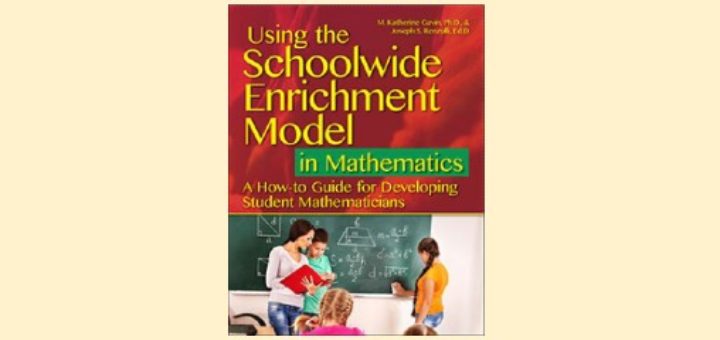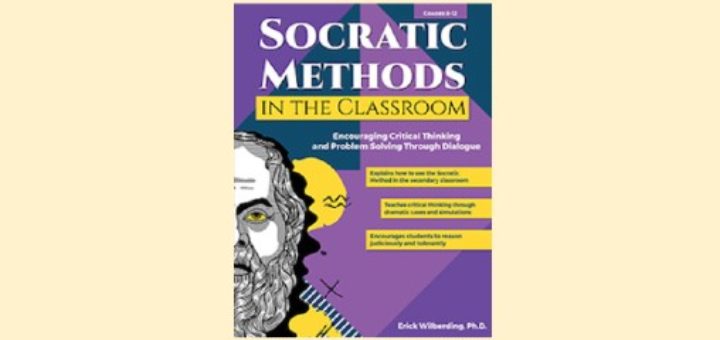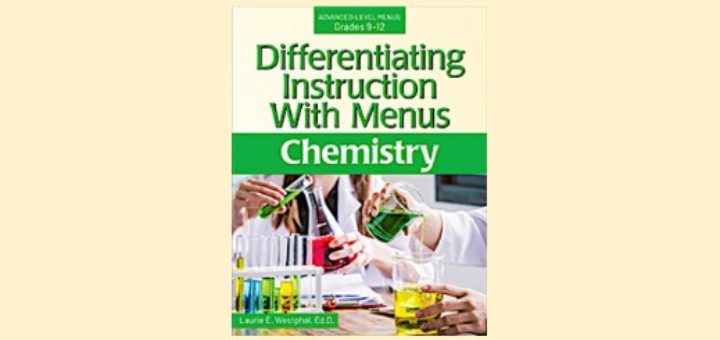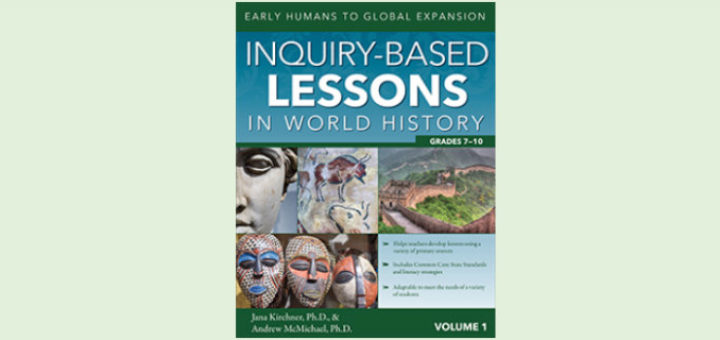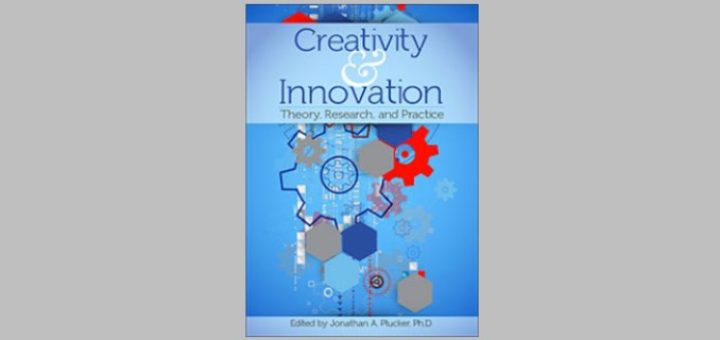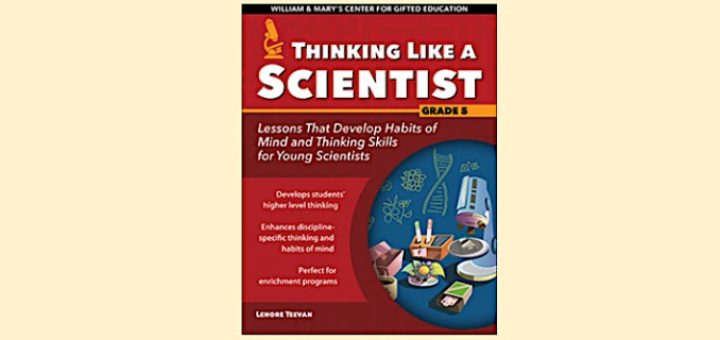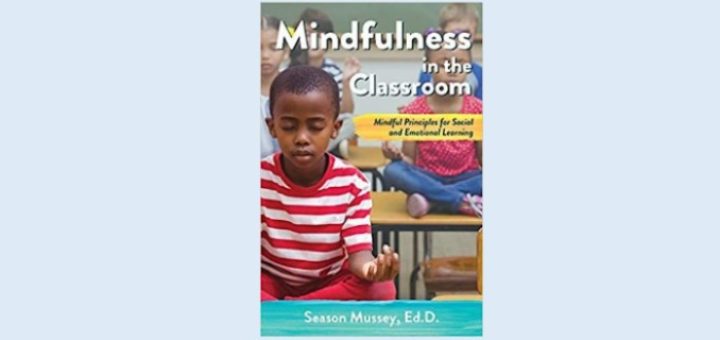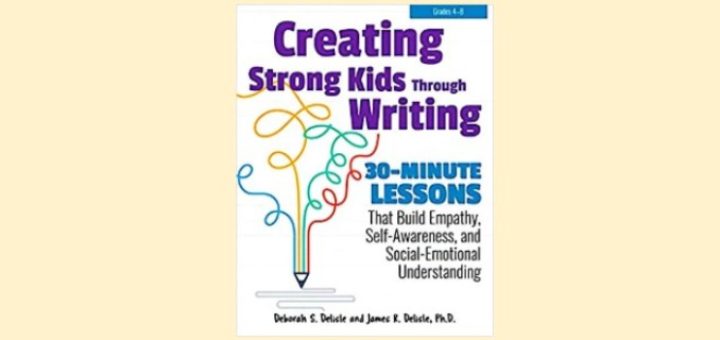Hands-On Archaeology: Digs for Youngsters
Help middle graders connect past and present using the easy-to-understand lessons in Hands-On Archaeology. Teacher educator Linda Biondi says the authors show us how giving kids opportunities to ‘dig’ in and out of class can build team skills and cross-curricular learning.

